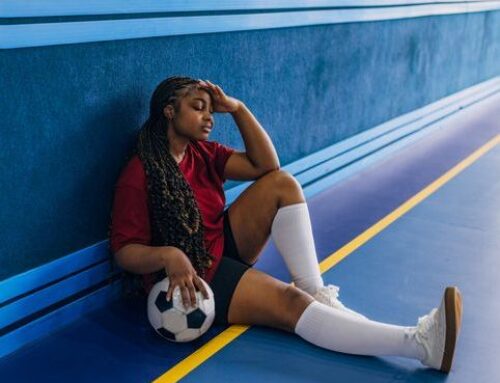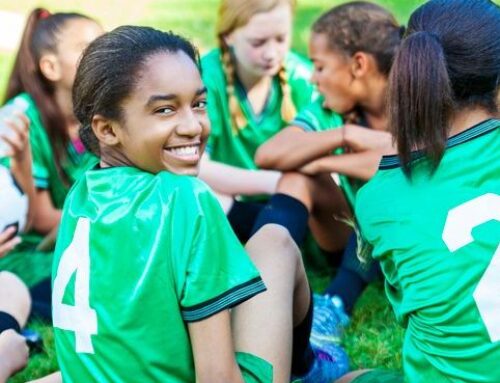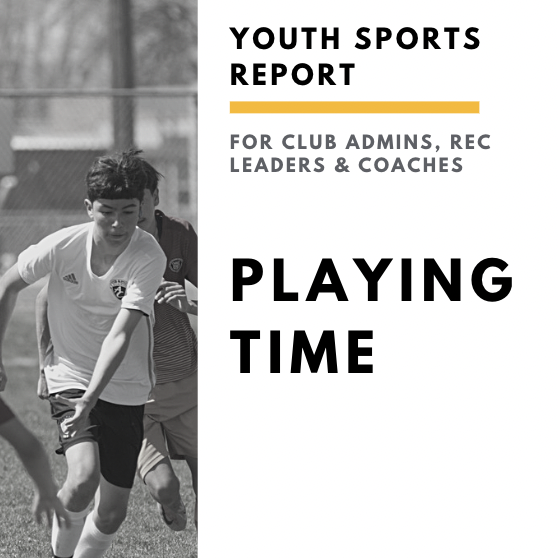Get our exclusive report. Download the iSport360 Club Switching Report Here – For Club Admins, Rec Leaders and Coaches.
Keeping Girls in the Game: Factors that Influence Sport Participation
In celebration of National Girls & Women in Sports Day, we wanted to help spread the word on keeping girls in sports. In a study from the Keeping Girls in the Game: Factors that Influence Sport Participation, published by the Women’s Sports Foundation, there are 10 Factors that Influence Sport Participation. We, at iSport360, are coaches, we coach girls sports. We know what it is like to focus on helping to better someone’s skill but to also help with confidence levels. It is a fine balance but all with the same goal: to keep girls playing.
Key Findings
Disparities persist.
Disparities in participation and in dropout by gender, race/ethnicity, household income, and urbanicity persist.
Parents play multiple roles in supporting or hindering their girls’ participation in sport.
Improving parents’ engagement and support in their girls’ sports participation can help reduce girls’ higher rates of dropout in sport.
Gender stereotypes in sport prevail.
Despite the powerful influence that parents and peers can play in supporting youth sports participation, gendered stereotypes about sports that inhibit girls’ participation are still prominent.
“If you can see it, you can be it.”
Role models are particularly important for girls and other underrepresented youth in sport. They act as a powerful force to help youth see individuals like themselves in and around the game. This directly helps understand the unique experiences and challenges that they face in sport, and that they can aspire to become.
Celebrate being strong.
Sport can help build positive body image. The majority of parents (across youth status) endorsed that sports promote positive body image, with parents of current players especially likely to endorse this belief and current players benefiting from sport in this way.
Coaches shape the sport experience.
Coaches play a central role in getting and keeping youth involved in sports. Similarly, for both boys and girls, current players reported liking their coach more than sport dropouts do. And dropouts were more likely to have liked their coach only “a little” or “not at all.”
Some girls live for the competition, and some girls are in it for the fun.
The desire for competition among current players increased with age. For girls, “competing” was identified as a critical component of enjoyment for older current players for both genders. For some youth, “too much” competitiveness (or a sole focus on winning without a focus on fun and skill development) may undermine youth motivations to participate in sport. With “too competitive an environment” making the top 10 reported reasons for dropping out or never playing sport for both boys and girls. Being a top player on the team (i.e., a major contributor) for current players was defined similarly for boys and girls. It included some competitive goals such as being excited about making the winning play and being better than one’s teammates.
Cost, transportation, and lack of access keep youth out.
Some of the social inequalities observed in sport result simply from the costs that participation can incur.
Maintaining a love of sport (overcoming competing interests) is key to continued participation.
Current athletes reported a love for their sport. More teen girls show that they have a love of sports compared to boys (72% girls vs. 54.8% boys).
There is a need to educate parents about the academic benefits of participation.
Sports participation supports all aspects of academic achievement. This includes positive academic self-concepts, a positive attitude towards schoolwork, improved academic performance and higher grades, and higher educational aspirations and attainment.
These are some of the life lessons that girls benefit from.
This report can be downloaded from WomensSportsFoundation.org.
All content is attributed to: Keeping Girls in the Game: Factors that Influence Sport Participation, published by the Women’s Sports Foundation.
Preferred Citation: Zarrett, N., Veliz, P.T., & Sabo, D. (2020). Keeping Girls in the Game: Factors that Influence Sport Participation. New York, NY: Women’s Sports Foundation. © 2020, Women’s Sports Foundation, All Rights Reserved.
Learn more or request a demo of our youth sports software that is helping teams improve communication, organization and player development.
February 2, 2021





